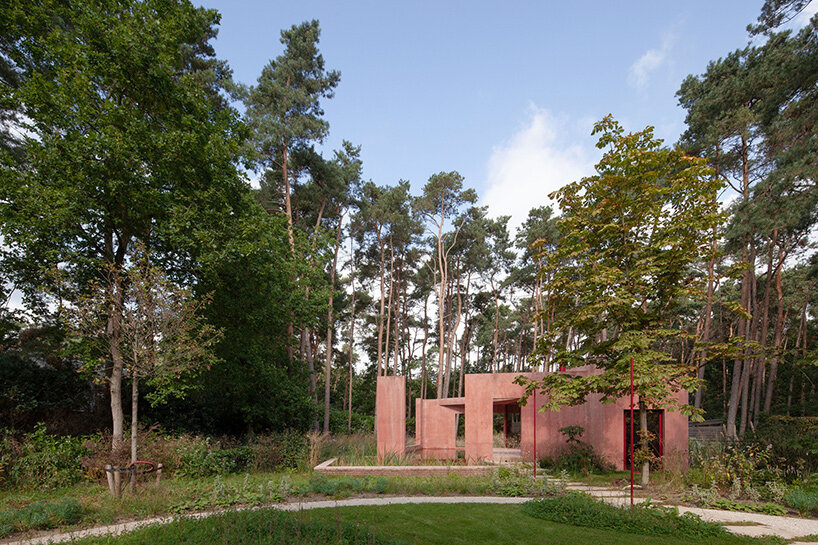A new mum was left stunned after a judgy neighbor complained that her garden workouts sounded too “erotic”.
The woman from Scotland turned to Mumsnet for advice after the remark left her speechless. She told the platform that she had gotten into a morning exercise routine while her baby napped and her husband worked from home.
All was going well until her neighbor knocked and asked her to move the workouts inside as “they were trying to relax in their back garden in peace and watch their fish.”
Her husband heard the comment and “politely” told them she wasn’t making much noise. He highlighted, “it’s daylight, and we are entitled to work out in our garden,” before asking them what they will say when their daughter is older and playing outside.
The woman recalled the neighbors responding, “that’s different,” suggesting that her “panting noises were a bit ‘erotic sounding'”.
Their
 images ©
images ©